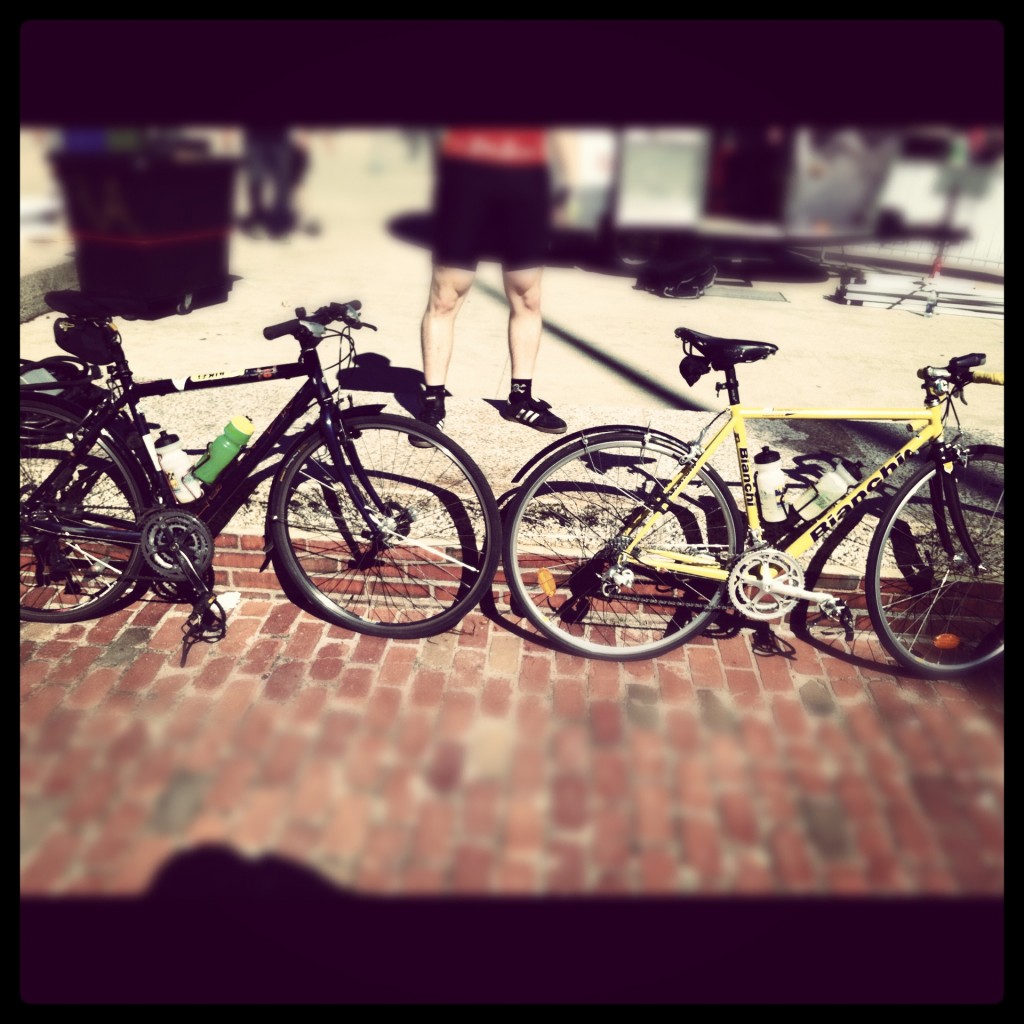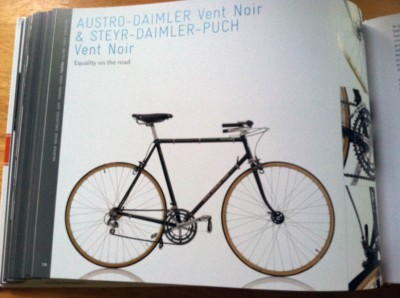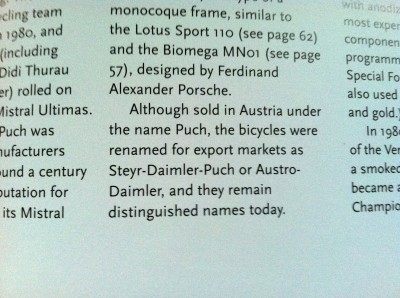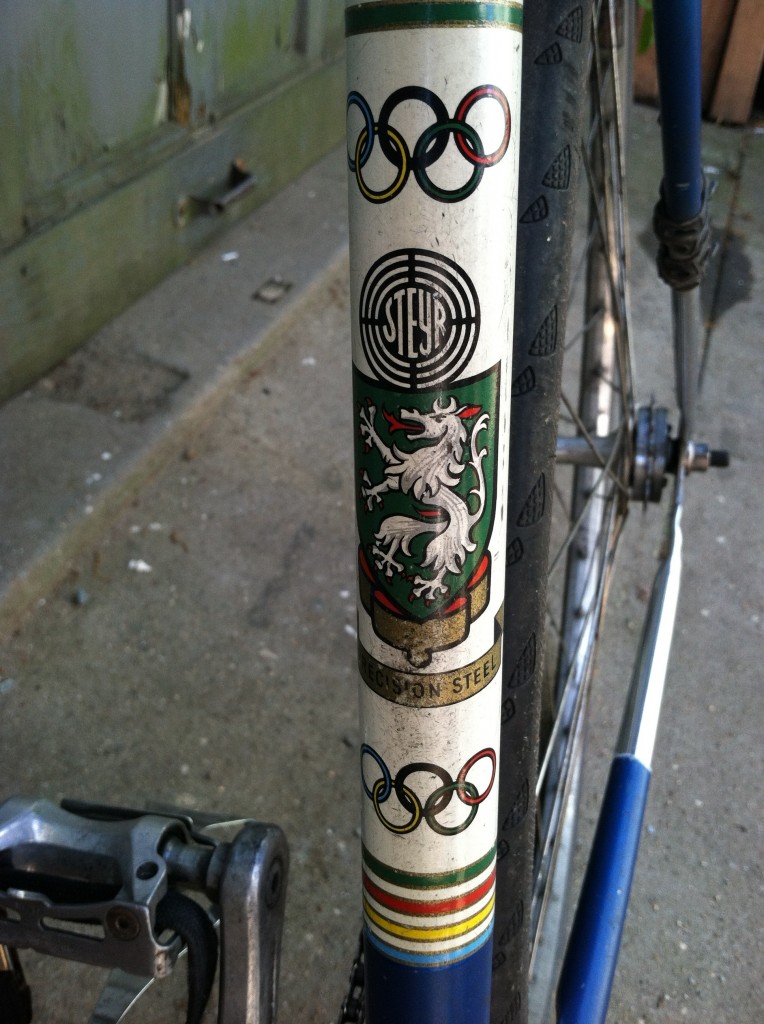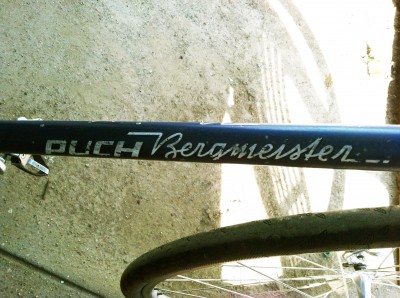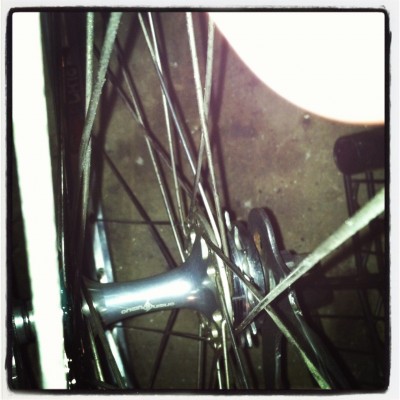I wanted to tell a much different story than this, but this is the story that I am going to tell.
Monday was one of the best days, then one of the worst.
And it started on Sunday.
One of the best days…
On Sunday we rode bikes. And that’s what made it one of the best days.
We rode from Somerville, then out along the Boston Marathon route to the starting line in Hopkington. We rode up all the hills; up and up and up for a few hours to meet with more than a hundred other cyclists already there.
We were joined not long after by those getting off the special bike-only commuter rail train which stopped in Southborough to disgorge around 700 cyclists.
And then we rode the Boston Marathon at midnight, as many of us had done before. For five or so years now what began as Greg Hum’s idea has become a movement of sorts. This year being the biggest yet.
And so Sunday passed into Monday and it was one of the best days.
When you bike along quiet roads in beautiful nature with little disturbance from cars, surrounded by friends and like-minded individuals – especially on the way back when everything is downhill – and the miles and the stress melt away – that’s when it’s one of the best days.
When we crossed the finish line in the early hours of Monday to so many smiling faces and friendly law enforcement officials along the way – we were so pleased that the bicycle end of things was safer then last year’s Framingham train track debacle.
But as we departed from there in the early hours of the morning, little did we know that about 12 hours later it would become one of the worst days.
One of the worst days…
Later on Monday afternoon – around 3pm or so – there were a couple of explosions by the finish line. Packed with people at one of the most publicized sporting events in the US this was no small situation.
People died, people were injured. The media did as media does. I will leave you to read what you will of the official documentation.
Someone decided to do something horrendous to my beautiful city and I’m not happy about it.
A Grander Vision
Last week I had the opportunity to interview the amazing Sayre Sheldon, long time peace, political, and social activist, professor and so much more. One of the places she has made a mark (or perhaps created the benchmark?) is in women’s participation in war and peace activities. In that chance I had to speak with her I was exposed to a mind and a personality that has seen the world change more than once; I heard the view of a far reaching vision.
Moments Like These: a powerless present
When we hit moments like these we want retribution, perhaps harsh justice, we want to get mad. Nothing is quite so disempowering as watching the news, reading the feeds and receiving so much information and yet being powerless to take any seeming real action.
We want to get mad or be able to just do something.
And some people did – more than 1000 people volunteered their homes as places to stay for those who may have been displaced in the chaotic happenings after these harrowing events.
But when we get to the point when we look at what happened on Monday not through the lens of the immediate but of a lesson to be learned, as history – then how will we see it?
And then I learned about Women, Peace, and Security.
I want peace and security in my country, in my lifetime. In my city, in my neighborhood. Sayre says this has something to do with redefining security itself. It has to do with a grander vision for our society, our world.
There was a UN resolution passed back in 2000 – referred to with the rather impersonal sounding call code of S/RES/1325 (short for Security Council Resolution). And it had something to do with women, peace, and security as far as I knew. Then in December 2011 President Obama signed an executive order (Executive Order 13595) that the administration would adopt an official action plan to get in line with this UN Resolution.
And all of that happened before I’d really been paying any attention to any of it.
But it’s amazing the power of one person – if we know even just one person who cares about something then it might matter to us too. And now I know more than one person who – these people, rather (and maybe even me too someday) – are making this women, peace, and security thing a reality in this, my own country.
Redefining Security
When those explosions went off the first responders were on the scene – doing their job – and in so many ways doing what no one else can do. And that is part of the definition of security. That’s the part we see the need for, and know without having to be told that these kinds of harrowing happenings would be a much darker place without them.
And we owe such gratitude.
But security must needs look beyond the immediate need of the moment. Beyond first hours where the fight of life and death balances on the edge of a knife. Security is defined by so many other moments tied to these dire events.
A day from now, a week from now, a month from now, a year from now, a decade from now – I do not want to hear how this, that, or the other damage to a person was not addressed, not healed. Security is defined by this too. It’s not just defensive munitions, options, personnel, tech, and placement. It’s not just training. It’s not just offensive tactics and position. Security is the health and well being of those injured on Monday years from now. It’s the ethos of the city that bore this wound. It is in the immense capacity for compassion that our first responders demonstrated. Will those displaced have food, will those injured – not just physically, but also the wounds of the human heart – have the care they need?
Security in the traditional sense is something we need yes, but a grander vision for security is something we need too. This Women, Peace, and Security resolution (and connected National Action Plan, and WPS Act that is in the works) challenges us to do just that – to rebuild our concept of security.
I’m no lawyer and no legislator but this is why I give a damn about this – not just as a lady person but also – can you believe it – as a cyclist too.
Sunday was one of the best days because the security to be in that place – doing this simple thing with so many others – was in place. We could just be. And that’s how Monday was supposed to be.
I’m not a fan of retribution or vengeance. I’m not a fan of violent forms of ‘justice’. The only way I know how to change the course of causes that leads to things like this is individual transformation of one person at a time.
My bicycle has taught me humanism, as only a device with such people who love them can. My bicycle has given me a different view of security as something ephemeral. I can put on all the armor in the world but my security depends upon my relationships with others upon the road. Ephemeral security does not mean insubstantial or non-existant – I mean it here to be a trust we put in others – because our civilization does not work without each person – ordinary people are the most important beings in the world.
When we look at ourselves and our place in this world and see security not as locks, chains, alarms, armor, and weapons but rather as the social and community ties that tide us over and heal us long after these others are gone or are obsolete – then we begin to see that grander vision. We begin to redefine security.
But it starts with each one of us.
reblogged from my main blog at tourdewhatyouwill.blogspot.com



